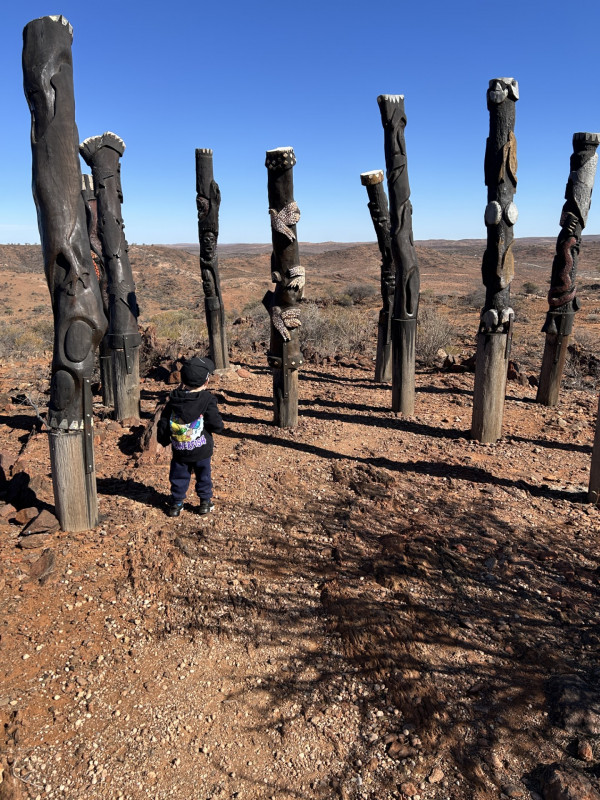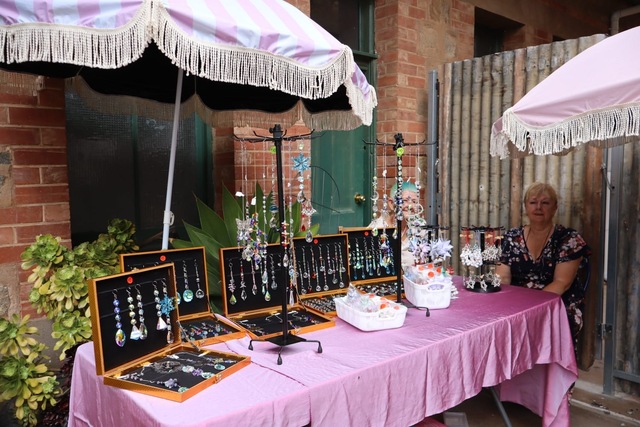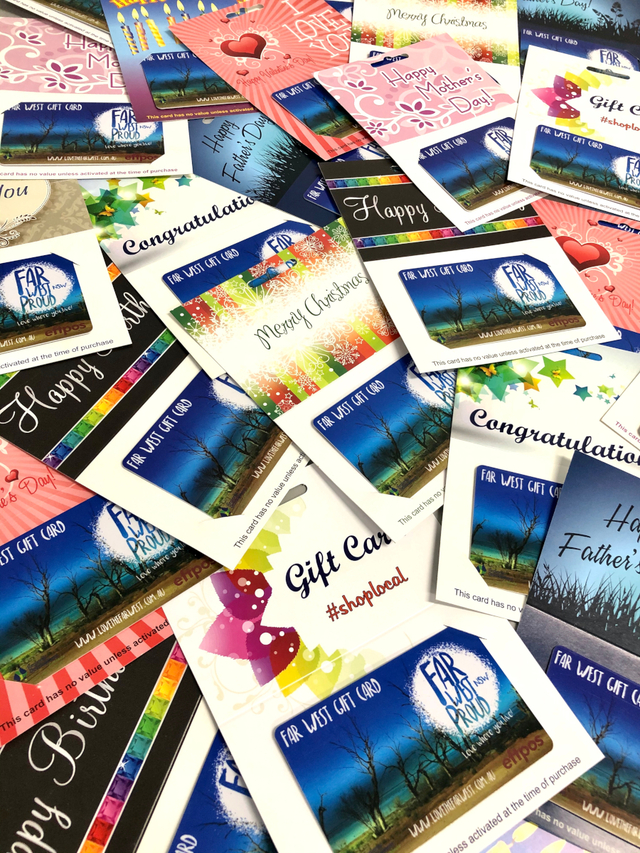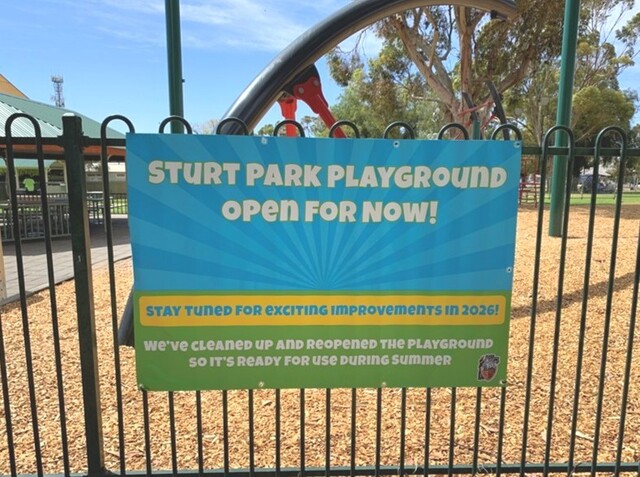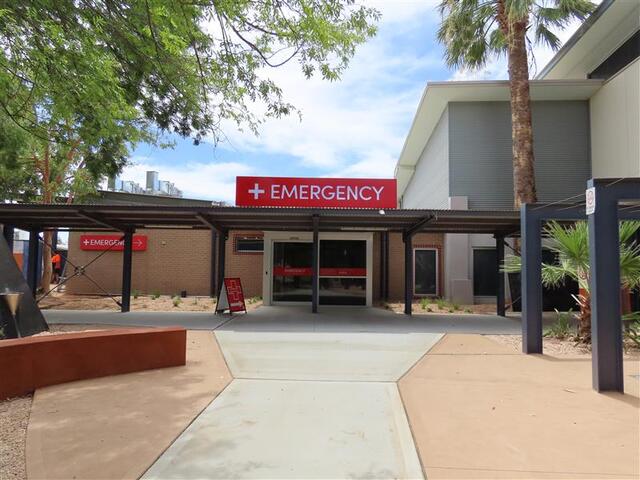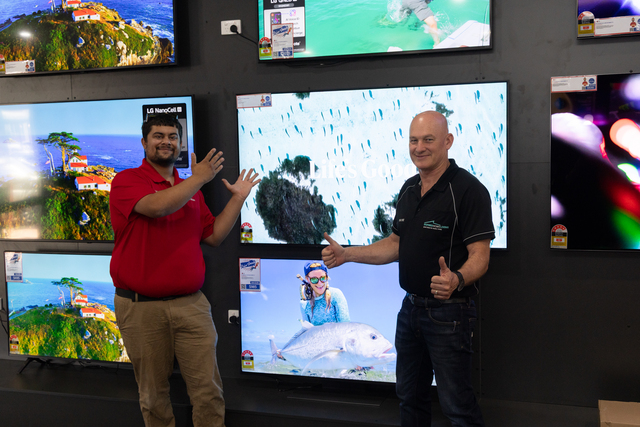ONCE, many years ago, I walked with my four-month-old in a pram up to the Sculptures.
It was last weekend when I thought how hard could it be to do that with an almost five-year-old and a two-year-old?
The Living Desert State Park is located about nine miles out of Broken Hill (on the nine-mile road).
It is a 2400-hectare reserve which commenced in 1992.
The topography, scenery and views within the reserve are breathtaking and are captured throughout the numerous walking trails.
Within the reserve is the John Simons Flora and Fauna Sanctuary – this allows visitors to gain an educational and cultural experience to further enhance and understand cultural heritage and to instil the importance of preservation of the environment for the benefit of future generations.
Another major attraction within the Living Desert is the Sculptures.
A successful sculpture symposium was held on the majestic hilltop (within the centre of the reserve) in 1993 by artists from around the world, under the direction of organiser and artist Lawrence Beck.
Twelve sandstone sculptures highlight the skyline, all with a story to tell.
The Sculpture Site can be accessed via a 1km walking trail starting from the Flora and Fauna Sanctuary car park.
There’s also a vehicle access to the sculptures.
So, on a windy Sunday, I thought how hard could a 1km walk be, I did it with a pram.
Unfortunately, in all my infinite wisdom, I picked the Cultural Trail to walk and upon reading saw the 2.2km take over an hour and a half to walk.
That didn’t stop me, and I pushed the family through the gate attached to an electric fence to start the trek.
The walk was very informative, with native plants named and listed, paved walkways and steps.
We continued up and saw Indigenous story sticks, interpretations of Indigenous shelters and some amazing views.
It was by pointer 8 that my husband pointed out how far away the Sculptures were and that we wouldn’t reach them from this track.
Then it became a bit harder, the two-year-old wanted to be carried and the five-year-old complained that he never wanted to walk again.
He said he missed Broken Hill, and he missed his friends.
Finally, we were back at the car, with one major slip and fall, a sore back and some tears.
However, we didn’t see any Sculptures.
We admitted defeat and drove to the Sculptures, which my five-year-old did enjoy looking at the shapes and finding out the names.
My two-year-old had had enough and called it quits.
Beck wanted to add sculpture to Broken Hill’s art culture — it was due to this that 53 tonnes of sandstone were transported from Wilcannia to the State Park.
Work on the site commenced in low key circumstances on April 1, 1993, and ended with national media coverage in the third week of May, 1993.
During this period the lonely hilltop was transformed into an artwork of international standing and the city of Broken Hill and the Australian Outback had obtained a new icon.
Broken Hill City Council was the principal sponsor with additional funds supplied by the Australia Council through their grants program for developing Aboriginal art.
The citizens of Broken Hill generously contributed tools, scaffolds and, ultimately, money.
What stands now is a beautiful selection of art, a tourist destination that sees many visitors come and a great way to immerse yourself in culture and the environment. Just don’t pick the wrong walking track.

